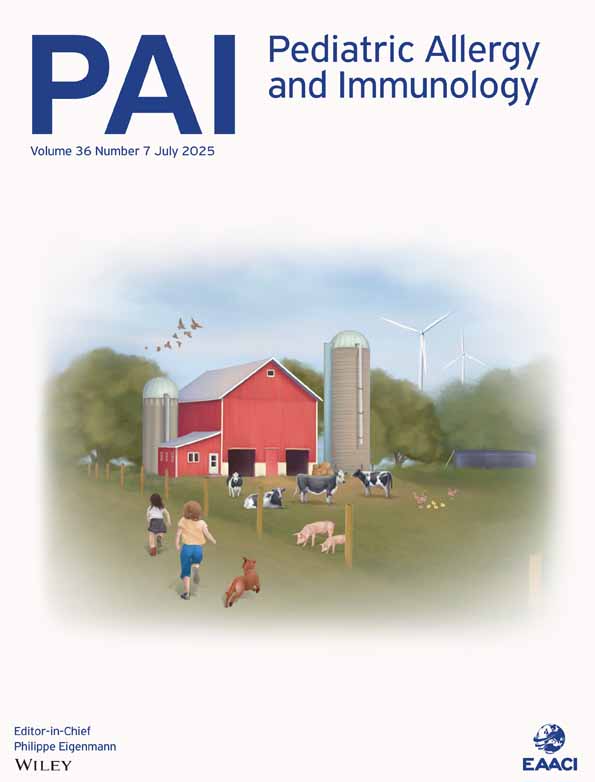Progression from allergic sensitizationto asthma
Abstract
Asthma is one of the atopic diseases strongly associated with allergy. High aeroallergen exposure in the immediate postnatal period has been associated with higher risk of sensitization and chronic asthma. It is proposed that following in utero allergen sensitization, postnatal high dose allergen exposure localizes inflammation to the airways. In association with adjuvantizing effects of some virus infections, eosinophils and neutrophils are recruited which contribute to epithelial damage and the initiation of the remodelling process. Eventually, the latter processes lead to sufficient airway narrowing to manifest as the first symptoms of asthma. Thus, the immunopathology of asthma is fully established by the time of first symptoms and future strategies will need to identify those at risk of developing the disease before irreversible changes in the airways are established.




